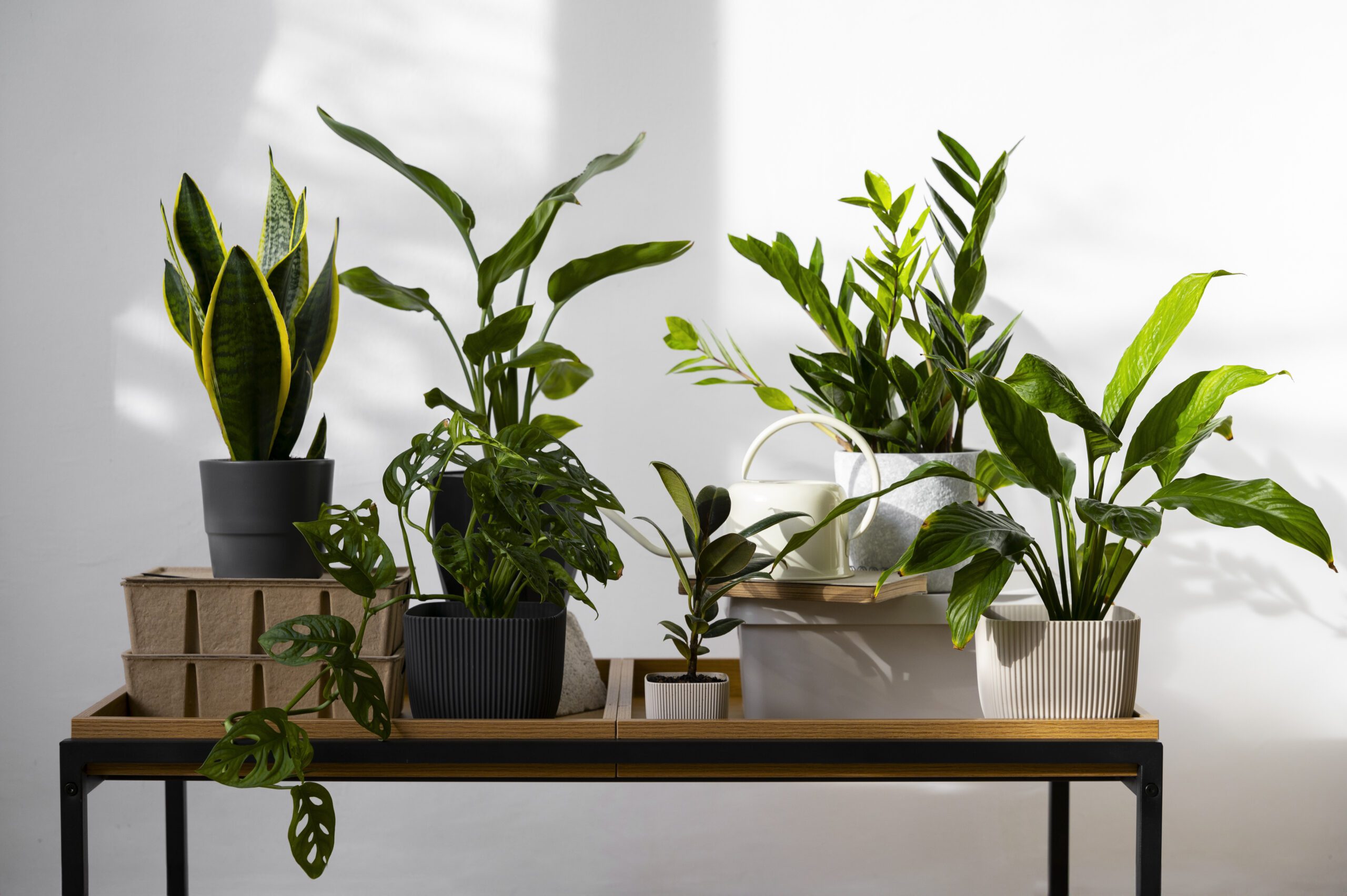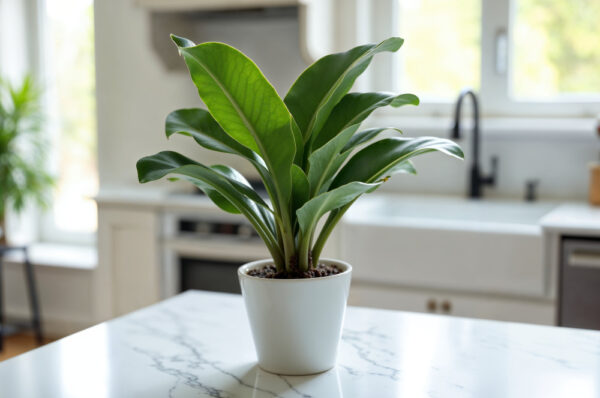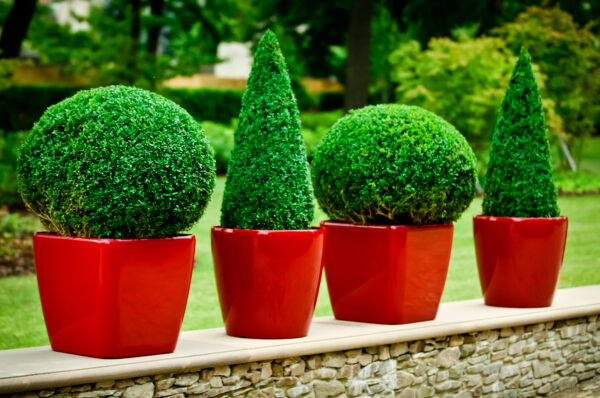Repotting houseplants might feel scary, especially if you’re new to gardening. Many plant lovers lose their plants due to small mistakes. But don’t worry—with the right method, your plant will thrive in its new home.
We’ll walk you through when and how to repot, and give you important tips to keep your plant healthy. Plus, we’ll show you how using the right ceramic planter can make a big difference.
Why is Repotting Important?
Repotting helps your plant:
- Get fresh, nutrient-rich soil
- Avoid root rot and pests
- Grow faster and stronger
You may need to repot if:
- Roots are growing out from the drainage holes
- Leaves are turning yellow or drooping
- The soil looks dry or smells bad
- It’s been over a year since the last repot
Tip: Yellow leaves are often a sign that the plant needs repotting or better drainage. You can read more about why plant leaves turn yellow in our detailed blog.
When Should You Repot?
The best time to repot is during spring or early summer—this is when plants are actively growing. Avoid repotting in winter, when plants rest and recover.
What You’ll Need
Here’s your repotting checklist:
- A new ceramic planter (2–3 inches bigger than the old one)
- Fresh potting mix
- Gardening gloves
- Clean scissors
- A spoon or trowel
Looking for a new pot? Browse our best-selling ceramic planters that are perfect for every home and every plant.
Step-by-Step Repotting Guide
1. Pick the Right Pot
Choose a pot that’s only a little bigger—2–3 inches more in diameter than the current one. Oversized pots can hold too much water and lead to root rot.
Make sure the new pot has drainage holes to allow excess water to flow out.
Explore our ceramic pots with drainage holes – they are both stylish and practical for healthy root growth.
2. Gently Remove the Plant
Hold your plant at the base and tilt the pot slightly. Tap the sides to loosen the soil and slide the plant out. Avoid pulling the plant roughly to prevent damaging the roots.
3. Inspect the Roots
Check the roots carefully:
- White and firm = healthy roots
- Black and mushy = overwatered (remove these roots)
- Thin and dry = underwatered (trim the dead parts)
Also, look for signs of pests like mealybugs or mold. Use a spray of hydrogen peroxide or isopropyl alcohol to treat them.
4. Use Fresh Potting Mix
Old soil may not drain well or contain enough nutrients. Use a light, well-draining potting mix.
Here’s a quick mix recipe:
- 2 parts potting soil
- 1 part coco peat or compost
- 1 part perlite or sand
Never reuse soil that’s moldy or smelly. It may cause yellow leaf disease or fungal infections.
5. Place the Plant in the New Pot
Add a layer of soil at the bottom of the new planter, place the plant in the center, and fill the sides with fresh mix. Press lightly to settle the soil, but don’t pack it too tightly.
Need a beautiful new pot for your favorite green buddy? Shop our colorful tabletop planters or large indoor pots made of high-quality ceramic.
6. Watering After Repotting
- If the roots are moist, wait 1–2 days before watering
- If they’re dry, water right after repotting
Make sure the water drains fully from the bottom. Standing water causes root rot, which leads to yellowing leaves.
7. No Fertilizer Just Yet
Avoid adding fertilizer for the first 2–3 weeks after repotting. Your plant needs time to settle in. Fertilizing too soon can burn the roots.
How Often Should You Repot?
Most indoor plants need repotting every 12–18 months, depending on their growth. Here are some signs to watch:
- Slower growth than usual
- Roots growing out from drainage holes
- Soil drying very fast
- Leaves turning yellow even with care
Aftercare Tips
After repotting:
- Keep the plant in bright, indirect light
- Water only when the topsoil feels dry
- Don’t move it around too much
- Be patient—some yellowing is normal during recovery
Style Your Plant with the Right Ceramic Planter
Choosing the right pot is not just about size—it’s about your style too! At HOCC, we offer beautiful, hand-crafted ceramic planters that are:
- Durable
- Easy to clean
- Designed for proper drainage
- Available in modern, earthy, and pastel tones
Shop our full ceramic planter collection and give your plant a fresh new home that looks as good as it grows.
Final Thoughts
Repotting helps your plant breathe, grow, and stay healthy. Remember:
- Be gentle with roots
- Use fresh soil
- Choose the right-sized ceramic pot
- Water wisely
- Skip the fertilizer for now
Don’t worry if the leaves turn yellow for a short while after repotting—it’s all part of the adjustment. With the right care (and a gorgeous pot from HOCC), your plant will bounce back beautifully!





